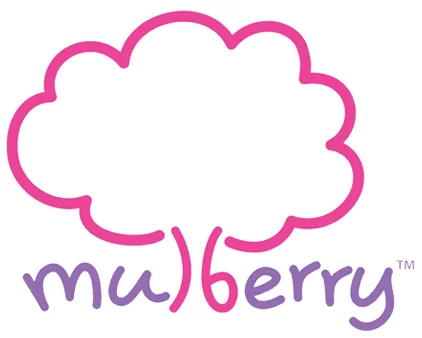4 Engaging Ways to Promote Early Development for Infants
4 Engaging Ways to Promote Early Development for Infants
The early months of a baby’s life are a period of rapid growth and development. During this time, a baby’s brain forms crucial neural connections, and their body undergoes significant physical changes. These early experiences lay the foundation for future learning, behaviour, and health. Engaging infants in interactive and sensory-rich activities is essential for promoting optimal development.
Interactive activities involve active participation, helping babies to explore their environment, develop curiosity, and learn new skills. These activities are not just fun; they play a vital role in enhancing a baby’s motor skills, cognitive abilities, and emotional development.
Sensory-rich activities stimulate a baby’s senses, including touch, sight, sound, taste, and smell. Exposure to a variety of sensory experiences helps to build a baby’s understanding of the world around them.
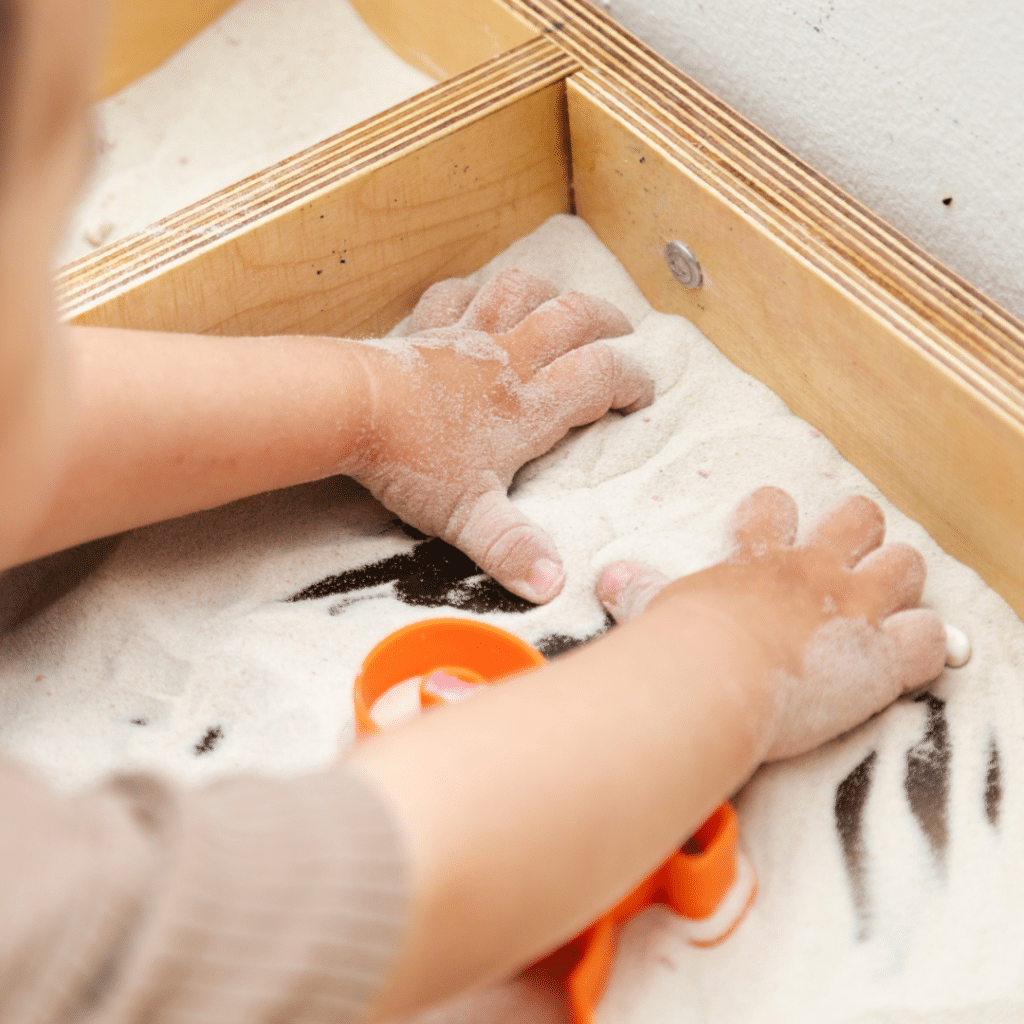
For example, feeling different textures, hearing various sounds, and seeing bright, contrasting colours all contribute to sensory development and cognitive growth. These experiences are critical for forming neural pathways in the brain, which support learning and development throughout life.
This guide offers a selection of simple yet effective activities designed to stimulate your baby’s senses, encourage motor skills, and foster social and emotional growth. Each activity is carefully chosen to support different aspects of development. By integrating these activities into your baby’s daily routine, you can provide a rich developmental environment that supports their growth in multiple domains.

1. Sensory Stimulation Activities
Tummy Time – Tummy time is essential for strengthening your baby’s neck and shoulder muscles. To make it more engaging:
- – Use Colourful Toys: Place a variety of colourful toys just out of reach to encourage your baby to lift their head and eventually reach out.
- – Mirrors: Babies love looking at faces, including their own. Place a baby-safe mirror in front of them to stimulate their curiosity and encourage neck movement.
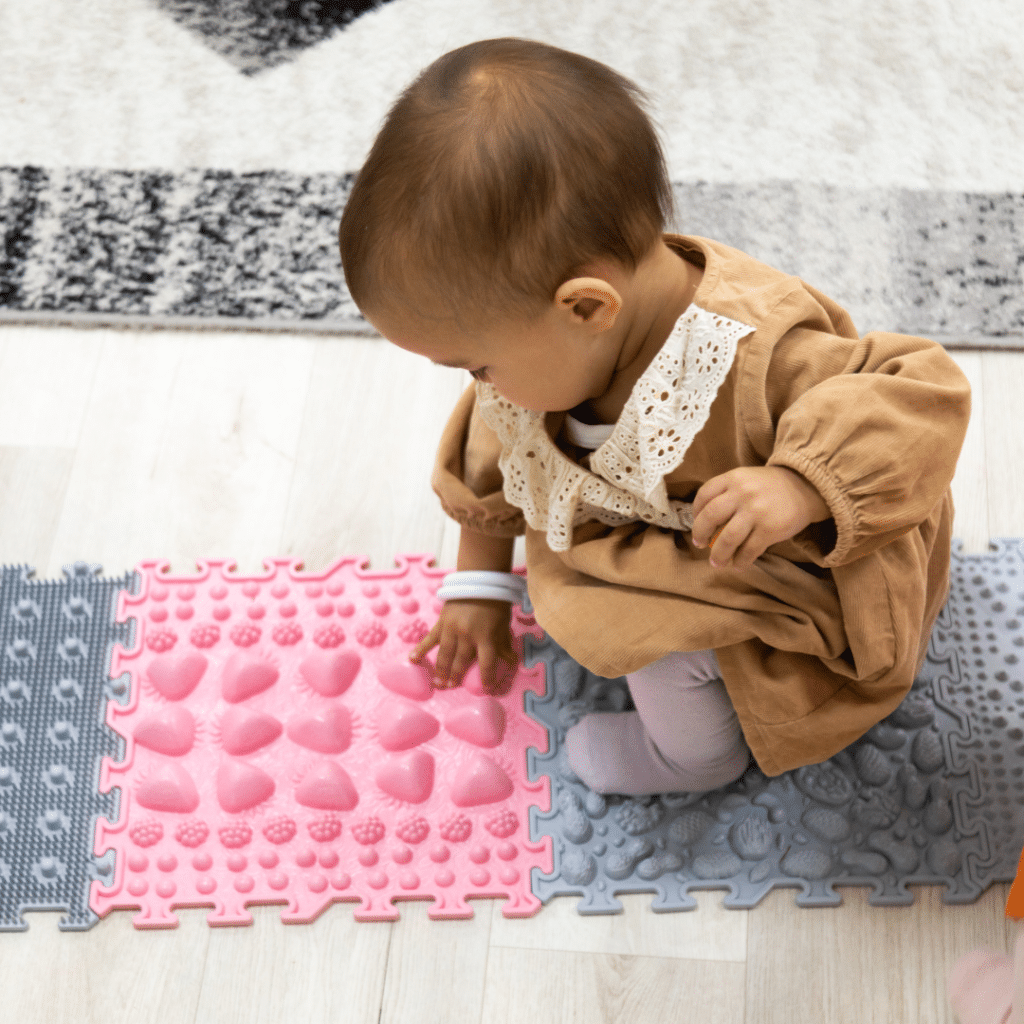
Texture Exploration – Introduce your baby to different textures to enhance their tactile development:
- – Fabric Swatches: Gather a variety of fabrics such as silk, wool, and cotton. Let your baby touch and feel each one, describing the textures as you go.
- – Sensory Mats: Create a sensory mat with different textured materials (e.g., soft, rough, bumpy) for your baby to crawl or lay on.
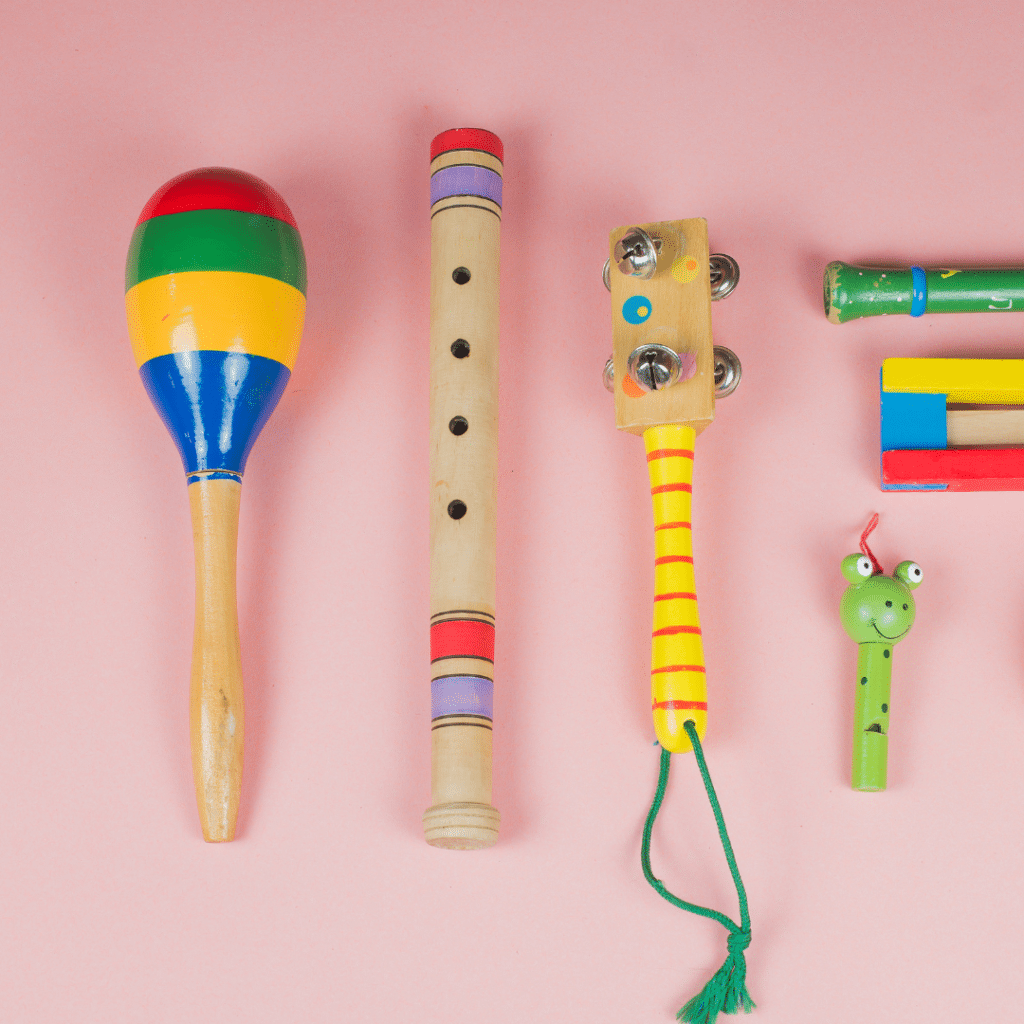
Sound Play – Stimulate your baby’s auditory senses with a variety of sounds:
- – Rattles and Musical Toys: Shake rattles or use toys that make different sounds. Move them from side to side to help your baby locate the source of the sound.
- – Everyday Objects: Use household items like spoons, pots, and pans to create a mini orchestra. Tap them gently to produce different sounds and rhythms.
2. Motor Skills Development
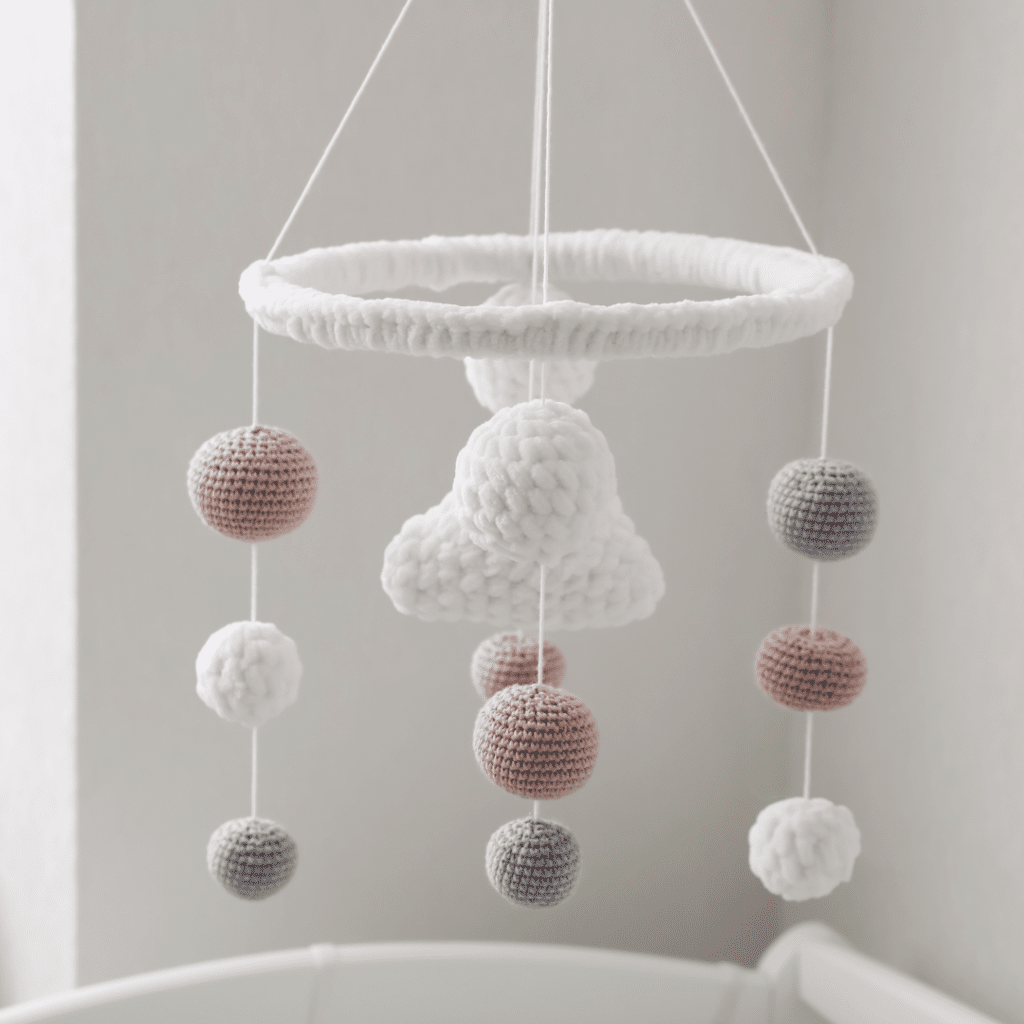
Reaching and Grasping – Encourage your baby to reach and grasp to develop hand-eye coordination:
- – Dangling Toys: Hang soft toys within your baby’s reach while they are lying on their back. Encourage them to reach out and grasp the toys, which helps strengthen their arm and hand muscles.
- – Soft Balls: Offer soft balls that are easy to hold. Show your baby how to grasp and release them.
Kicking Play – Strengthen your baby’s leg muscles with kicking exercises:
- – Hanging Toys for Kicking: Suspend soft toys or balls above your baby’s legs while they are lying on their back. Encourage them to kick and bat at the toys.
- – Water Play: During bath time, let your baby kick and splash in the water, which is both fun and good exercise.
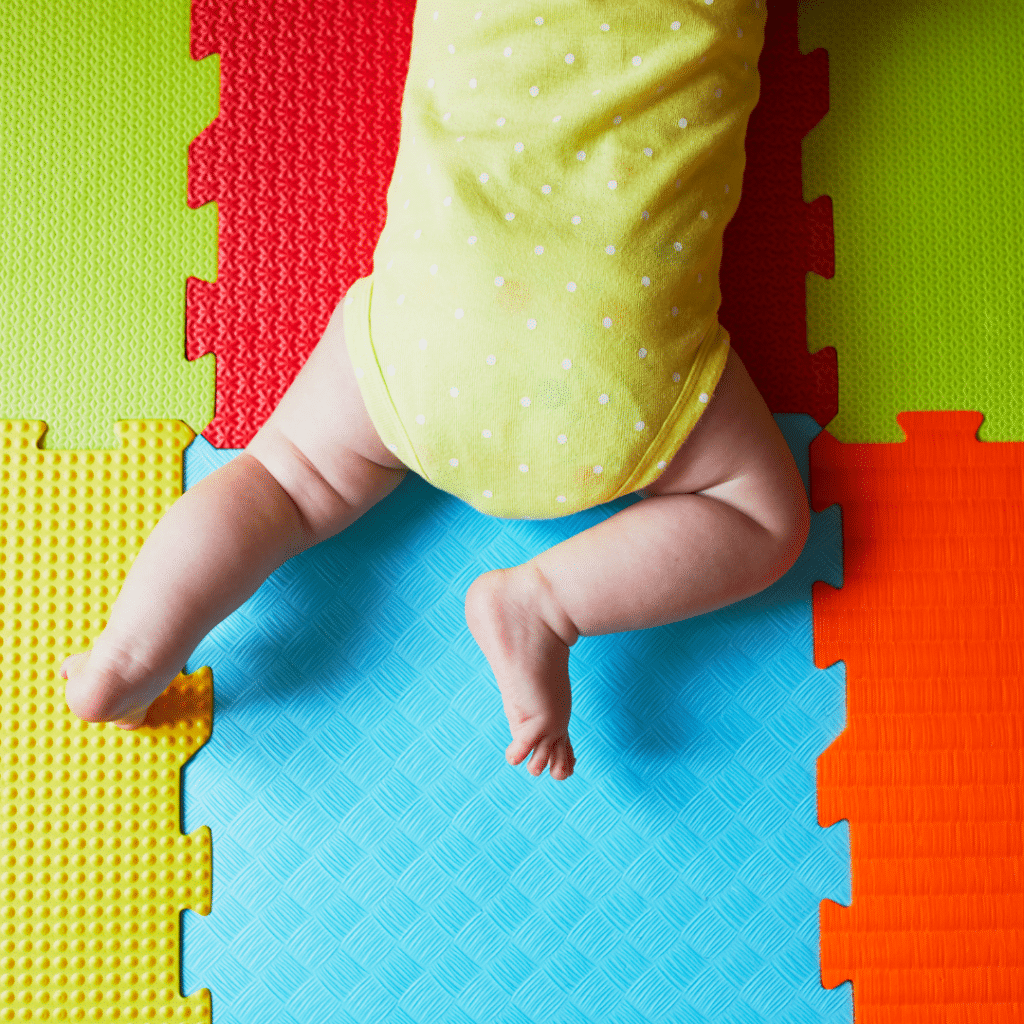
Rolling Over Practice – Help your baby develop core strength and coordination:
- – Guided Rolling: Place your baby on a soft surface. Gently guide them from their tummy to their back and vice versa. Cheer and encourage them with each successful roll.
- – Tummy to Back Game: Place a favourite toy just out of reach while they are on their tummy. Encourage them to roll towards it.
3. Social and Emotional Growth
Face-to-Face Interaction – Building a strong emotional bond is crucial:
- – Eye Contact and Smiling: Spend time making eye contact, smiling, and talking to your baby. Describe what you’re doing throughout the day, which helps them feel secure and loved.
- – Expressive Faces: Make different facial expressions and see if your baby mimics them.

Peekaboo – A classic game to enhance social skills and cognitive development:
- – Simple Peekaboo: Hide your face behind your hands or a cloth and then reveal it, saying “peekaboo!” Watch your baby’s reaction and repeat, varying the timing to keep it exciting.
- – Object Peekaboo: Hide a toy under a blanket and then reveal it, helping your baby understand object permanence.
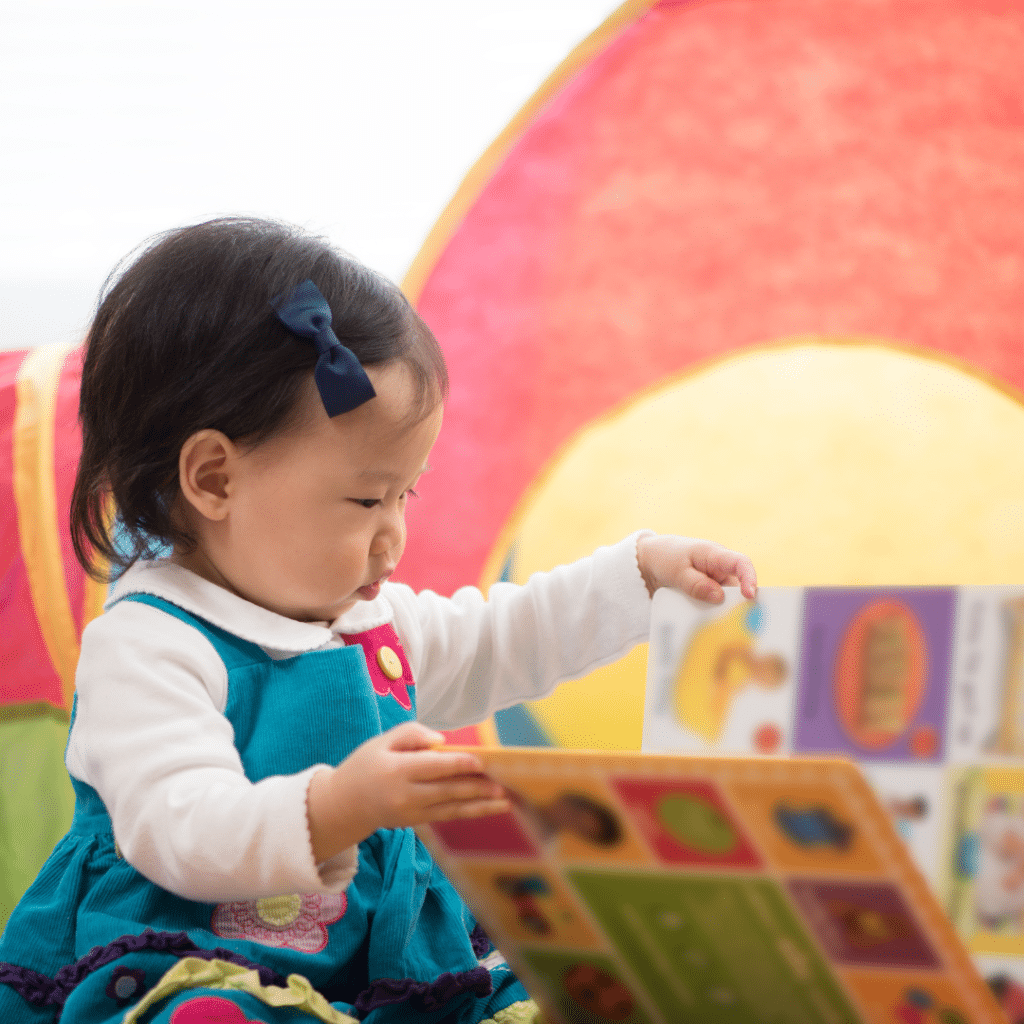
Storytime – Reading aloud is an excellent way to foster bonding and language skills:
- – Picture Books: Choose books with large, bright pictures and simple text. Point to and name objects in the pictures, encouraging your baby to look and listen.
- – Interactive Books: Use touch-and-feel books that incorporate different textures for a multi-sensory experience.
4. Language and Cognitive Skills
Singing and Nursery Rhymes – Singing helps with language acquisition and memory:
- – Familiar Songs: Sing simple, repetitive songs like “Twinkle, Twinkle Little Star” or “Baa Baa Black Sheep.” Repetitive lyrics make it easier for infants to grasp new vocabulary.
Hearing the distinct sounds in words through rhymes and melodies helps infants develop an awareness of phonemes, the smallest units of sound in speech. This is crucial for later reading skills.
- – Gesture Songs: Incorporate hand movements with songs like “The Wheels on the Bus” to make them more engaging

Visual Tracking- Help your baby develop focus and visual tracking:
- – Moving Toys: Slowly move a brightly coloured toy from side to side in front of your baby’s eyes, encouraging them to follow it with their gaze.
- – Bubble Play: Blow bubbles and watch your baby’s delight as they track and try to reach for them.
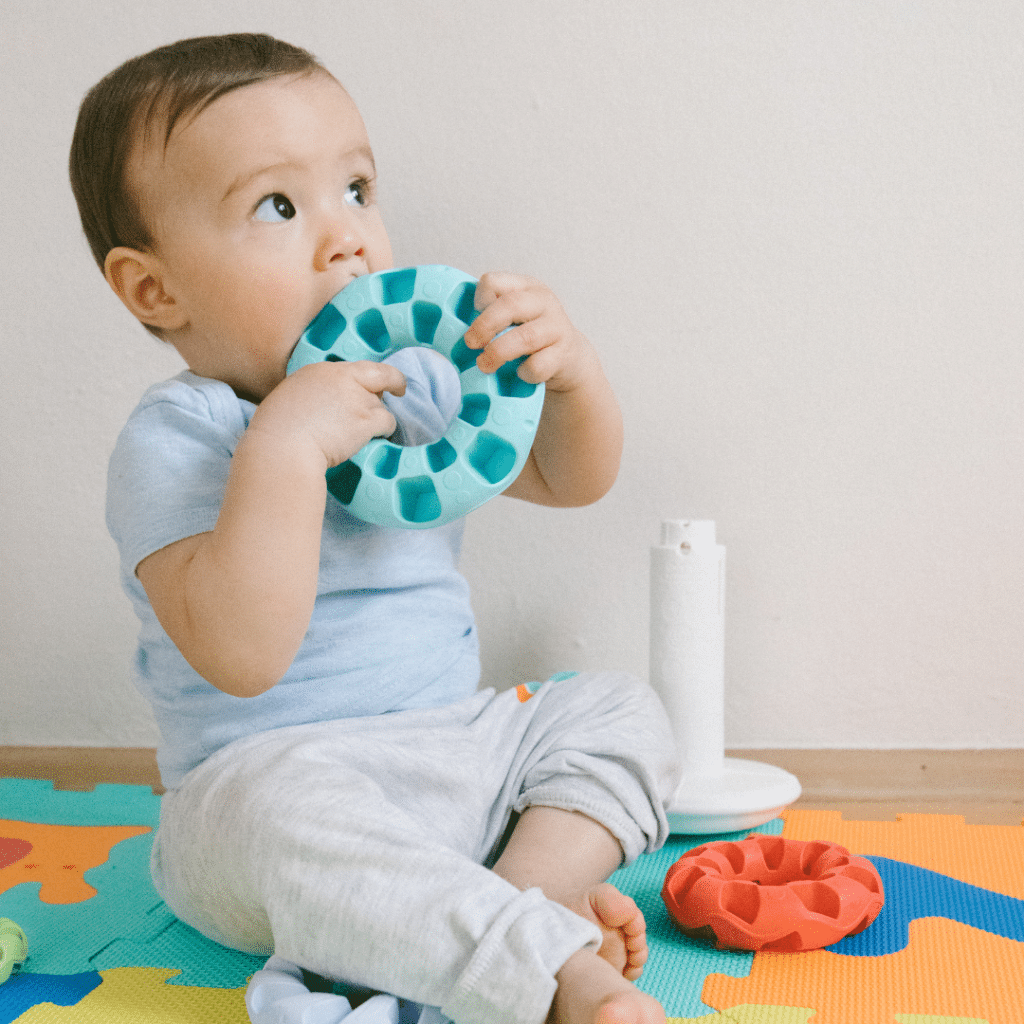
Safe Environment for Exploration
Provide a secure environment for your baby to explore. Make sure your space is baby-proofed with safety gates, outlet covers, and secure furniture. Additionally, choose age-appropriate, non-toxic toys that are safe for your baby to play with.
Conclusion
Engaging your baby in these activities can significantly benefit their development. Integrating these activities into daily routines not only supports their growth but also strengthens the bond between you and your baby.
The long-term positive impact on a child’s growth and development is immeasurable. Let Mulberry Learning offer you additional support to give the children the best start in life.
Mulberry School Tour
Our Locations
Click here to visit our Contact Us page and view the preschool/infant care centres conveniently located near you.
CONNECT WITH US
USEFUL LINKS
About Us
Mulberry Learning prides itself on making the preschool experience both memorable and enjoyable while transforming a child into a competent explorer, an imaginative thinker, and a creative problem solver. Through our proprietary award-winning curriculum, unique Habits of Mind programme and dedicated staff who are passionate about imparting positive attitudes, Mulberry Learning holds strong in its promise to deliver a holistic education that nurtures the Future Ready Child.
A PREMIUM PRESCHOOL BRAND UNDER GLOBAL EDUHUB

